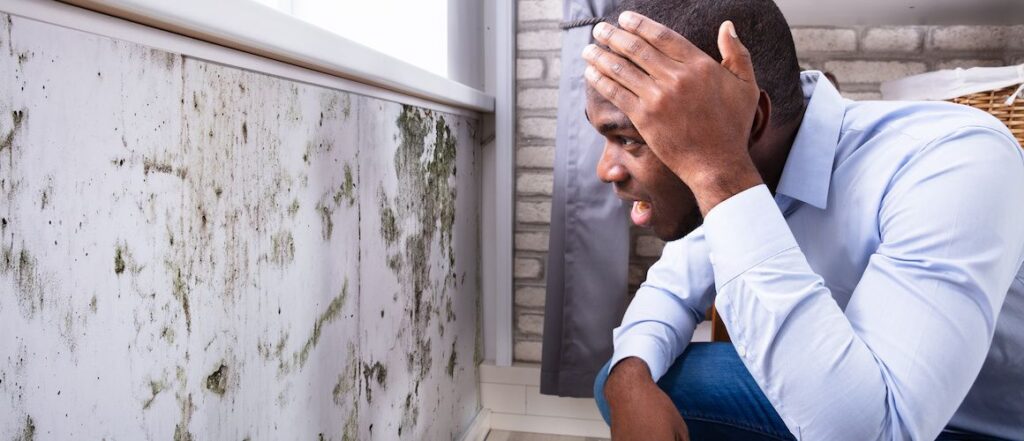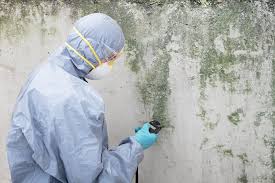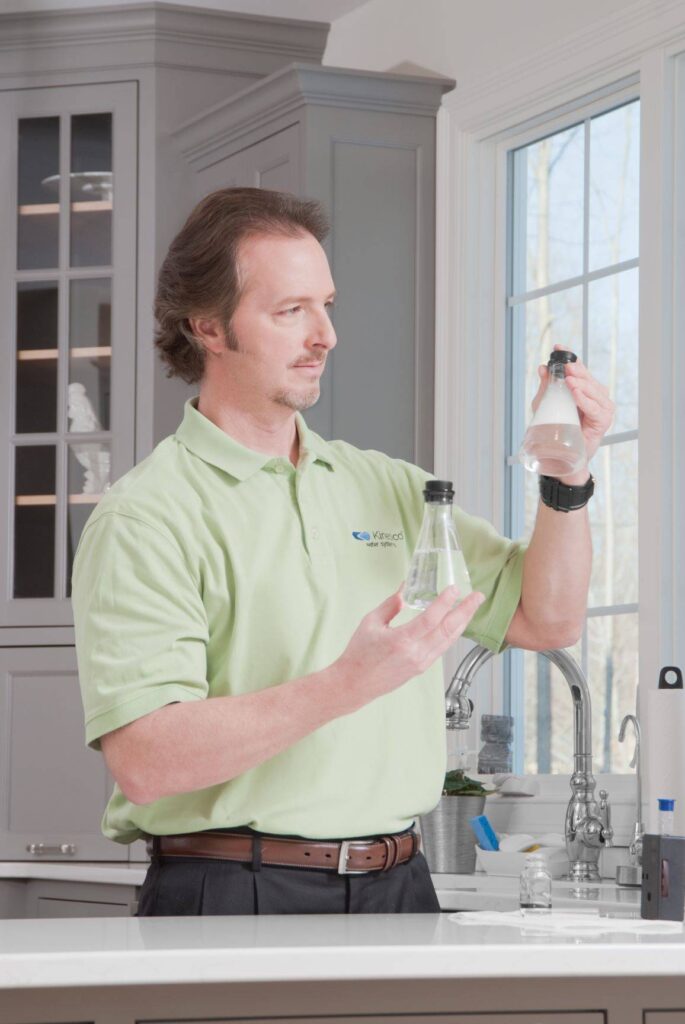Drinking Water Testing
The taste, odor, and appearance of your drinking water can give you an indication of its quality, but do you know if your water is really safe? A glass of water may contain dissolved minerals, organic compounds, or even live organisms. Some of these materials, if present in very small amounts, are no problem for drinking water. Other materials, however, may be serious health risks.
Public water supplies present few concerns because they are routinely disinfected and tested for a long list of potential contaminants according to rules and regulations set by the U.S. Environmental Protection Agency (EPA) under the Safe Drinking Water Act (SDWA)
The SDWA requires that water treatment plants notify customers if any of these standards are violated. In 1996, Congress amended the SDWA requiring water suppliers to put annual drinking water quality reports into the hands of their customers beginning in 1999. The report is referred to as Consumer Confidence Report (CCR).
It is possible for water to meet SDWA standards when it leaves the public water treatment plant, but not meet those standards by the time it reaches your kitchen or bathroom sink. For example, water can extract lead from lead solder. Therefore, if you live in a home with plumbing that pre‑dates the 1987 plumbing codes, or if you have a very old home in which there are lead pipes, you may wish to have your water tested for lead. Few other problems require testing by public water supply users.
If you get your water from a private well, it is your own responsibility to monitor its quality. Aside from your health concerns, most lending institutions require a water test before they will approve a loan for purchase or construction of your home. In some areas, however, there are health concerns, such as nitrate, fluoride, or arsenic concentrations above the drinking water standard. The more common problems, like hardness or high concentrations of iron, sulfate, or chloride are not health concerns.
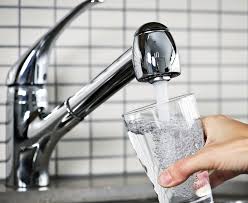
Public Environmental and Water Testing Prices
Special information regarding HUD/FHA Loan Requirements
United States Department of Housing and Urban Development (HUD) requires all of the above tests on private well water prior to accepting a house for FHA mortgage insurance. The Veteran’s Administration has the same requirements. The test results must meet the minimal drinking water quality requirements specified by HUD based on EPA recommendations
Water Testing Policy and Sample Requirements:
To ensure quality services, carefully follow all instructions, complete all test request forms thoroughly and submit water samples in the bottles provided by the WSLH. The bottles provided are pre-approved (i.e., quality checked) for the specific tests you requested. Failure to follow instructions or not use approved sample bottles may result in rejection of your sample(s).
Because some drinking water samples must be tested within a short time period after sampling, it is strongly recommended that you NOT ship samples to WSLH on Fridays for Saturday delivery. The WSLH building is not open to the general public on weekends and holidays and staff may not be available to process your samples. Even with overnight delivery, samples may not be received or processed to meet the time limit requirement and another sample will need to be taken and shipped.
Water Testing
Ensure Your Home Water is the Best it Can Be
When you’re in the process of buying a new home, having your water tested is essential. While public water systems are mandated to test and treat their water, these tests only cover the water that has yet to leave the treatment plant. Once it leaves the plant, your water must pass through miles of piping,
some of which may be in disrepair or contain lead, before it enters your home’s plumbing system. Inspection Service is equipped and eager to ensure the water in your home is high-quality and safe to consume. Whether you are just moving in or you’re already settled and just recognizing that your water has an abnormal odor, color, or taste
The Dangers of Low-Quality Water
Not only does low-quality water have an unpleasant taste and smell, but it can also have a number of long-term effects on the body.
According to the EPA Safe Drinking Water Act, there are two categories of contaminants. Primary contamination encompasses contaminants that have health-related effects. Secondary contamination includes contaminants with aesthetic effects. It’s possible for your water to have no traces of Primary contaminants above the recognized limits but still contain Secondary contamination that yields a bad odor, color, and taste. Fortunately, HomeTeam has the tools and expertise necessary to identify any contamination in your water so you can ensure your family’s safety, health, and peace of mind.
Well Water Customers
If you get your water from a private well, you are responsible for scheduling water testing services. Most homeowners who use well water don’t request these services until they decide to sell their property. The EPA highly recommends that well owners schedule water testing services every year and whenever they suspect an issue. You should test your well for any traces of pH, total dissolved solids, nitrates, coliform bacteria, chemicals, and any other suspected contaminants.
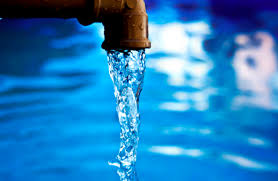
Home Inspection Water Test Kit
As a home inspector, clients rely on your expertise when they are making a decision to buy a house. Now you can provide them with details about their water quality and the long-term effects that it may have on their plumbing, water-using appliances, and their health. Our easy to use testing kit will provide you with everything you need to help home buyers understand their water quality and the costs of treatment options if necessary.
Whether you are inspecting a home that is on municipal water or well water, water testing is something that more and more home buyers are looking for as part of their home inspection. With our Home Inspection Water Test Kit, you can easily collect water samples to be tested for common pollutants and contaminants such as Arsenic, Nitrate, Nitrite, Lead, Total Coliform, E.Coli. Water testing is a simple way to let your clients know if the water in a home is potable and safe.
No water source is completely free of impurities, many of which are odorless, colorless, and tasteless. It is recommended that private wells be tested at least once a year and some mortgage lenders even require water quality testing for homes with well water. Even municipal water is not without concern. The possibility of contamination increases if the plumbing system is aging or if there is nearby farming, fracking, or other mining.
Offering water quality testing with certified laboratory results is an often-requested service that takes very little time and does not require additional equipment. Simply use the leak-proof sample containers and the packaging to send the samples to the laboratory for testing. Once the lab testing is finished, you will receive a detailed analysis that you can share with your client.
Water Quality Testing
Tap water quality in homes has become a growing, nationwide issue. There has been a growing awareness in America that what is coming out of a kitchen sink may not be as safe as once thought. There are many substances that can be found in tap water that can be harmful to yourself and your family. Water quality testing is the only way to know what is in your tap water.
lead testing within municipality drinking water has become a common occurrence. While this may have been triggered by a series of events, there is still a danger of lead contamination across the country. It is estimated the water supplied to almost 10 million homes in America runs through older lead supply pipes at some point in the delivery process.
There are many consumer-grade filtration systems available to the public, but awareness is the first step. This is why all of us at Scott Home Inspection found it very important to add a water quality testing service. There is no better time to test the water than before you move in. Water quality testing will give you the information needed to make an informed purchasing decision, give you actionable information to mitigate the water, or just give peace of mind that your drinking water is safe.
Water Quality Testing – What We Test For:
Lead – Lead is a metal commonly found in older water piping materials that can have harmful side effects when consumed.
Copper – Copper piping is a very popular water supply pipe material. However, similar to lead, heightened levels of copper in drinking water can have adverse health effects.
Chlorine – Chlorine is used by water treatment facilities to clear the water of bacteria before it comes to your home. However, the level of chlorine needs to be reduced before it gets to your tap. In rare cases, the levels are not reduced sufficiently. Also, if levels are too low, then there could be the potential for bacteria to survive in your water.
Hardness – Hardness of water is caused by dissolved magnesium and calcium ions. These minerals can build up on fixtures and surfaces in your home. Our water test can help determine the hardness level.
TDS – Total Dissolved Solids, also known as TDS, are inorganic compounds that are found in water such as salts, heavy metals and some traces of organic compounds that are dissolved in water. Elevated levels have been known to cause adverse side effects when consumed.
pH – This is a measure of where the water falls on a scale from acidic (low pH) to alkaline (high pH). The acidity of water (low ph) can result in increased corrosion to the plumbing pipes and fixtures in your home, while high pH can cause a bitterness of taste and can reduce the effectiveness of the chlorine in the water.
Alkalinity –The alkalinity of water is a measure of its capacity to resist or neutralize acid. In general, alkalinity in water comes from calcium carbonate (CaC03) that is introduced as the water is leached through soil or rock, or from acid rain or snow. Alkalinity is an important consideration in the treatment of water because it influences the cleaning process.
Water Quality Testing Equipment:
EPA approved portable testing devices.
Reagent based water testing.
Digital readout for accurate measurements.
On-site results – no waiting for labs.
